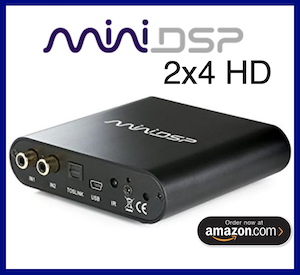AudiocRaver
Loved and Remembered Emeritus Reviewer
More
- Preamp, Processor or Receiver
- Onkyo TX-SR705 Receiver
- Main Amp
- Crown XLS 1502 DriveCore-2 (x2 as monoblock)
- Additional Amp
- Behringer A500 Reference Power Amplifier
- Front Speakers
- MartinLogan Electromotion ESL Electrostatic (x2)
- Center Channel Speaker
- Phantom Center
- Surround Speakers
- NSM Audio Model 5 2-Way (x2)
- Subwoofers
- JBL ES150P Powered Subwoofer (x2)
John, anyone...
Probably already asked and answered, and it seems like there was even a recent discussion about it, but I could not find it anywhere. Why is there a difference between these SPL readings?
And, if RMS is RMS is RMS (is it?), then shouldn't a 20.0 -dBFS reading on the SPL Meter always correspond to an 85.0 dB SPL, regardless of signal type?
Thsnks, John.
Probably already asked and answered, and it seems like there was even a recent discussion about it, but I could not find it anywhere. Why is there a difference between these SPL readings?
- Using an analog mic (with audio interface, not a USB mic), I calibrate the SPL meter with a 200 Hz sine wave from the Signal Generator set at -20 dBFS, so a -20 dBFS reading on the SPL Meter corresponds with 85.0 dB SPL. The meter on the RTA panel will also read 85.0 dB SPL. All good so far.
- Changing the signal type to PPN, with the Generator still at the -20 dBFS setting, the SPL meter now reads -20.8 dBFS and 86.4 dB SPL, while the RTA gives a 84.3 dB SPL reading.
And, if RMS is RMS is RMS (is it?), then shouldn't a 20.0 -dBFS reading on the SPL Meter always correspond to an 85.0 dB SPL, regardless of signal type?
Thsnks, John.












